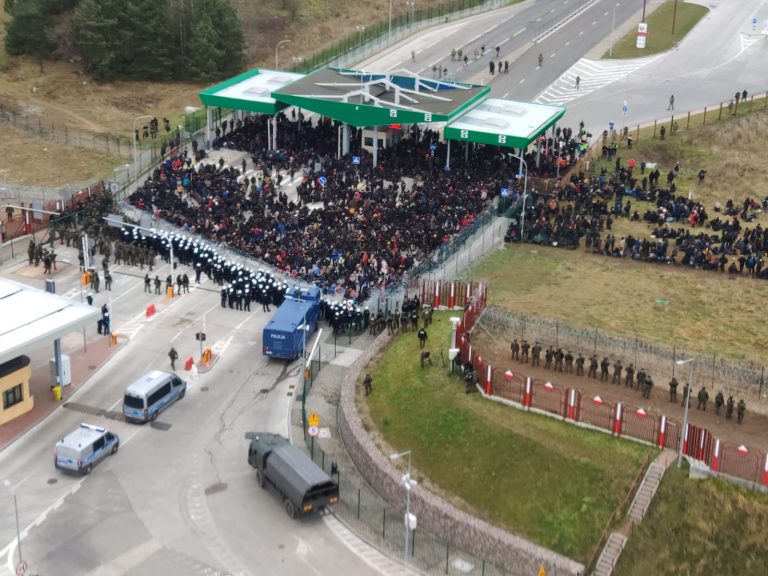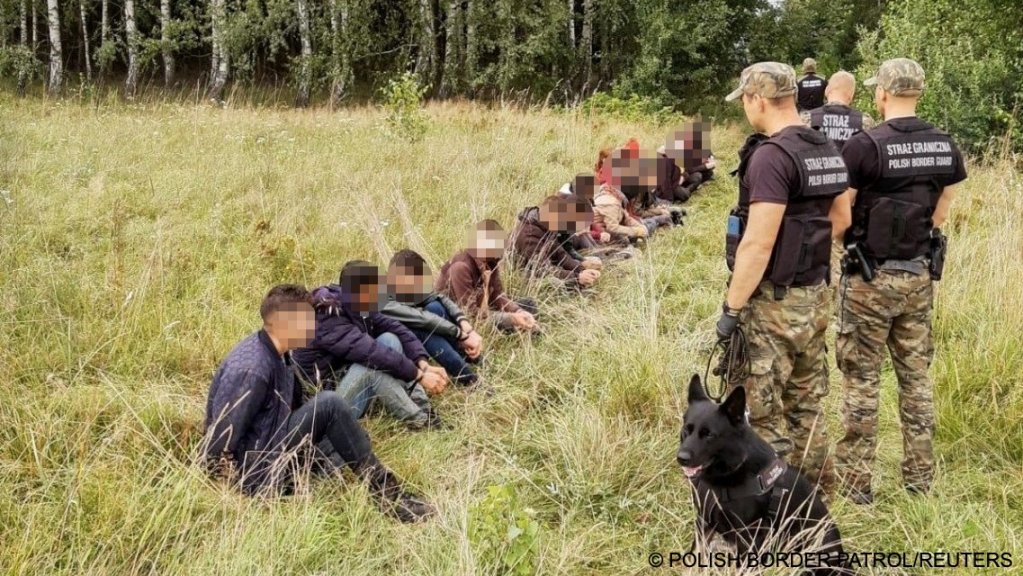The risks are high that Russia and Belarus, as those behind a so-called migrant crisis at Polish border, are planning for an armed false flag op to force their way to one of the EU countries.
The Kremlin might be weighing several development options.
As Belarus and Russia have signed an integration plan, it is fair to say that Russia is behind the “migration” crisis at the border, with Minsk performing as a puppet regime to implement Moscow’s plan, as it diverts the world’s attention. The Kremlin sees that Lukashenko has run out of credit and will not interfere with Russia’s ops in his country, to keep his freedom. That is why Putin urged Angela Merkel to talk to Lukashenko. That step would allow to stall for time to turn Germany’s focus toward a false target, as Moscow gives the final touches to the op and launches it.
The Kremlin, meanwhile, is about to finalize the accession of Belarus, with the current crisis having a role to play, as Russia’s army is being infiltrated into this country.
One of the most likely scenarios is to break into the EU, with Poland and Lithuania among preferential entry routes.
For that to happen, a critical number of migrants should be massed up. Among those transferred by Moscow and Minsk, the Yezidi Kurds from Iraqi Kurdistan, and Assad followers from Syria are worth attention. Russia’s GRU has frequently used Yezidi Kurds for foreign ops. They backed up the Abkhaz separatists in 1992-1993. They were put together and thrown into the conflict area to help Armenia’s army during the last Nagorno-Karabakh crisis. They were trained at camps in Armenia, at Alagaz training facility. Russia sends the same groups to Syria to counter the Turkish forces.
The “migrants” are mainly delivered by the state-owned Belavia (Belarus) and Aeroflot (Russia). The WSJ claims the deceased Berezovsky’s ally, Nikolai Glushkov, Aeroflot’s deputy head since 1996, was intent on proving that Aeroflot is engaged with GRU and FSB. Back in 2000, most of Aeroflot’s representatives were GRU’s officers, not subordinate to the Moscow office, he argued.

As of 1996, out of 14,000 Aeroflot employees, 3,000 were intelligence officers. Glushkov was eager to testify upon the High Court of London, but he was killed. Belavia, likewise, is managed by the KGB of Belarus. Syrian Cham Wings Airlines is owned by Rami Makhlouf, President Assad’s cousin, who holds sway over much of Syria’s economic activity. Makhlouf is involved in Captagon manufacturing and business with Russians. Idarat al-Amn al-Amm backs him up.
From 6 to 10 thousand migrants are stranded on the border with Poland now, many of them have been transferred to the Polish border with their whole families. Russia is reiterating the scenario practiced at Syrian crisis of 2015-2016, when Russian Psyops groups triggered Syrian refugees to infiltrate into Germany and France. There is substantiated evidence that nearly 20% of current migrants have seen active service in Syria and Iraq. Their task, if they break through the border, will be to trigger a permanent crisis and chaos in Europe. The Kremlin’s plan is to incite the EU into disintegrating, set up barriers at EU’s internal borders, and cast NATO in the role of anti-refugees’ campaigner. Russia lays its account on an armed conflict with migrants from the Middle East to trigger conflicts with the Islamic community in Europe, developed by recent waves of migrants from Syria and Iraq, and ramped up EU citizens who fought on the side of ISIS and came back to Europe, as the IS had been defeated.
The Kremlin believes if the ambiguous op succeeds, Russia will be able to bring puppet nationalist and populist political actors to power in the EU, thus triggering EU and NATO disintegration in Europe.
Stanislaw Zharyn, spokesman for the Minister who coordinates Polish Intelligence Agencies, said there were rumors among migrants of an orchestrated campaign to urge them to break through the border. That might take place at the end of November. The narrative campaign on social networks mirrors Russia’s PSYop of 2015-2016. The migrants are told that buses from Germany will supposedly arrive to pick them up, and Poland will let them pass.
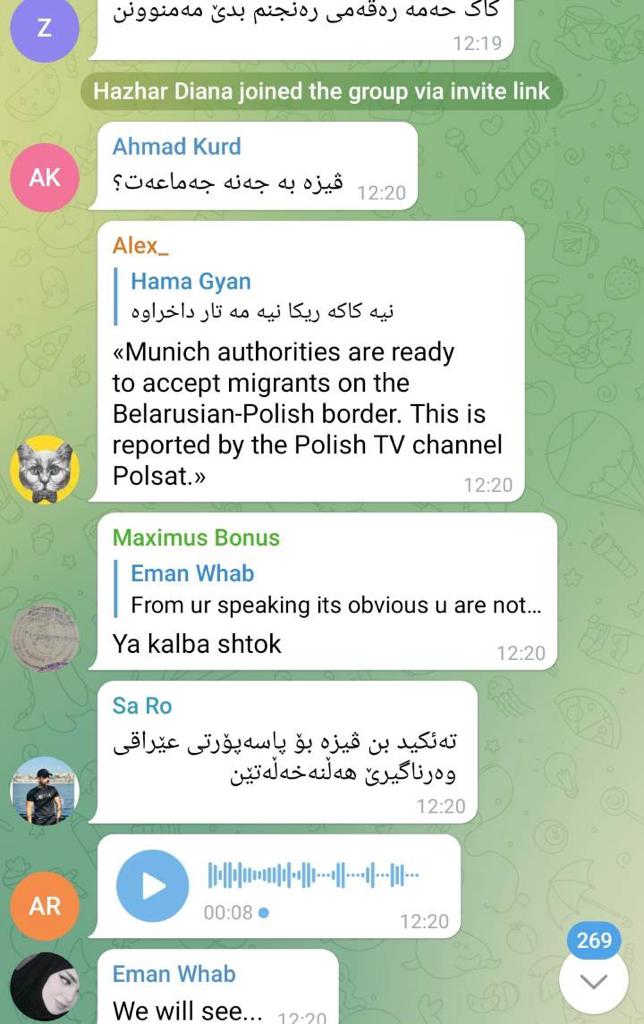
5 years ago, likewise, social media spread fake “success stories” told by fictitious migrants who came to Germany, were provided with lodging, cars, and jobs by the authorities, and received high social allowances. Those messages urged the Syrians to come to Germany. Those ops were staged by Russia’s Defense Ministry information operations units. If we compare shape and content of current Psyops with those 5 years ago it is evident they are orchestrated by the same operational center, i.e., the GRU assisted by Shu`bat al-Mukhabarat al-`Askariyya staff.
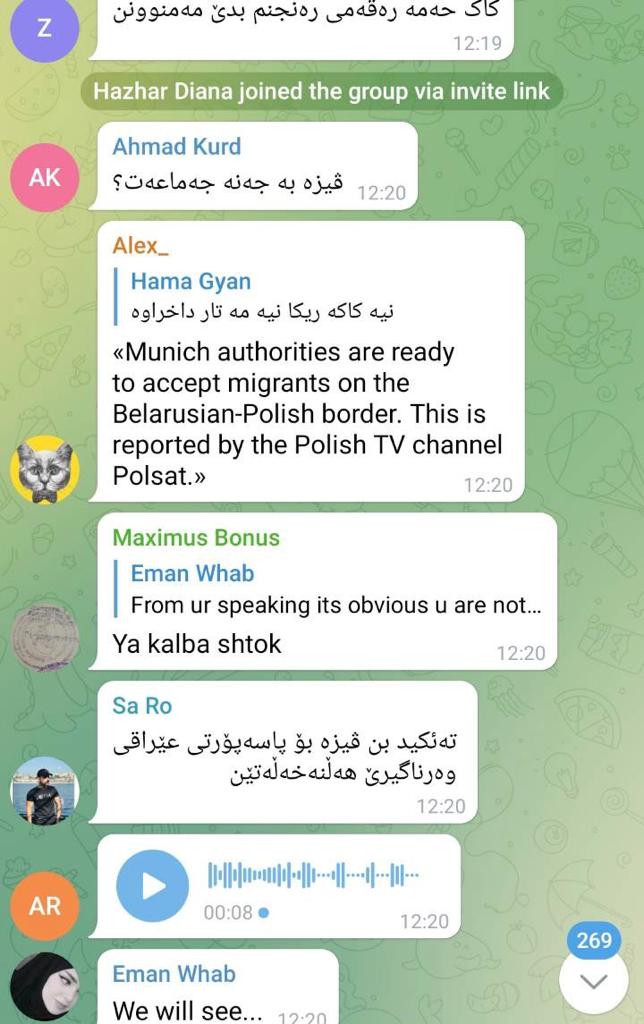
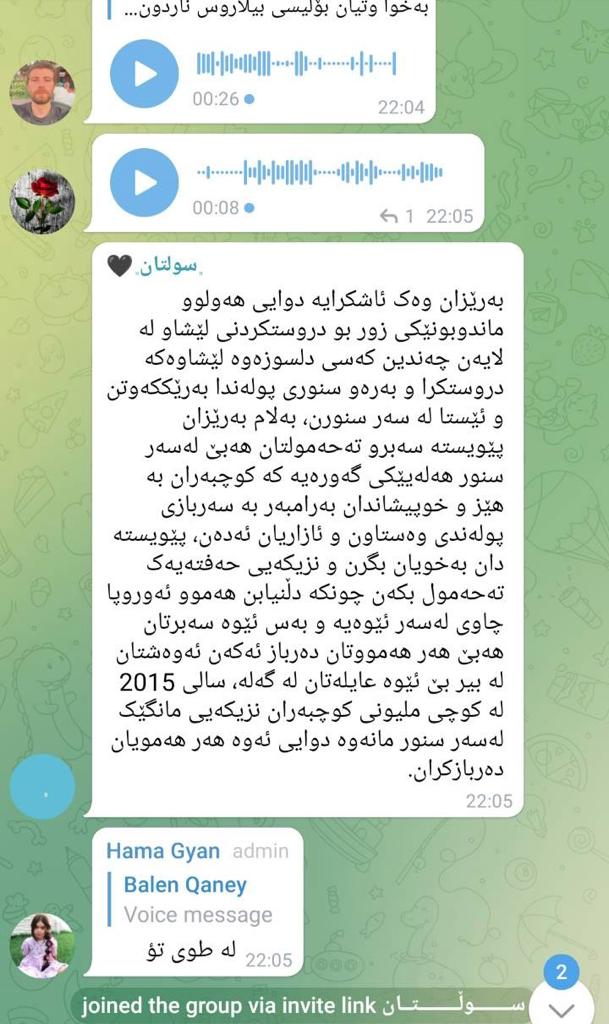

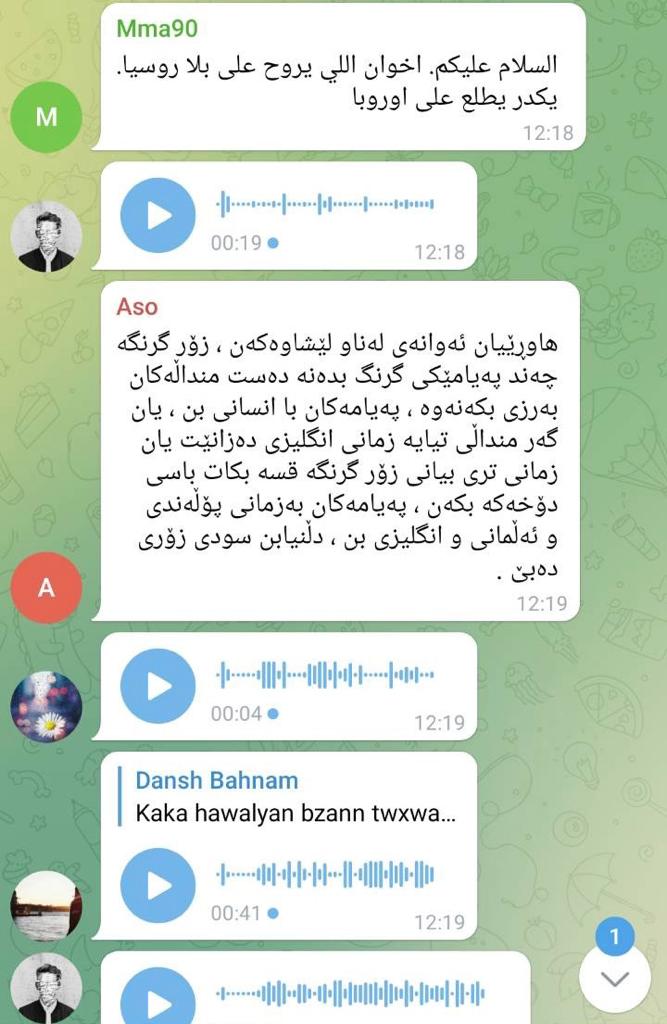
Polish border crisis might also be intended to deflect attention from other issues. US State Secretary Anthony Blinken believes migration crisis at Belarus–EU border should distract attention from Russia’s activity near Ukraine’sborder.
Overnight into November 13, the Belarusian soldiers in a staff car tried to break through the fence on the border with Poland, and the so-called migrants used tear gas they received from Belarusian security forces against the Polish guards. The “migrants”, therefore, may have different weapon when breaking through the border. In this case, Moscow and Minsk will insist the migrants took the weapon from Polish guards as war booty after “acts of provocation” by the Polish military. Russia has already practiced that reasoning, as it invaded Ukraine.

Read also: Is Lukashenko starting a new migrant crisis?


